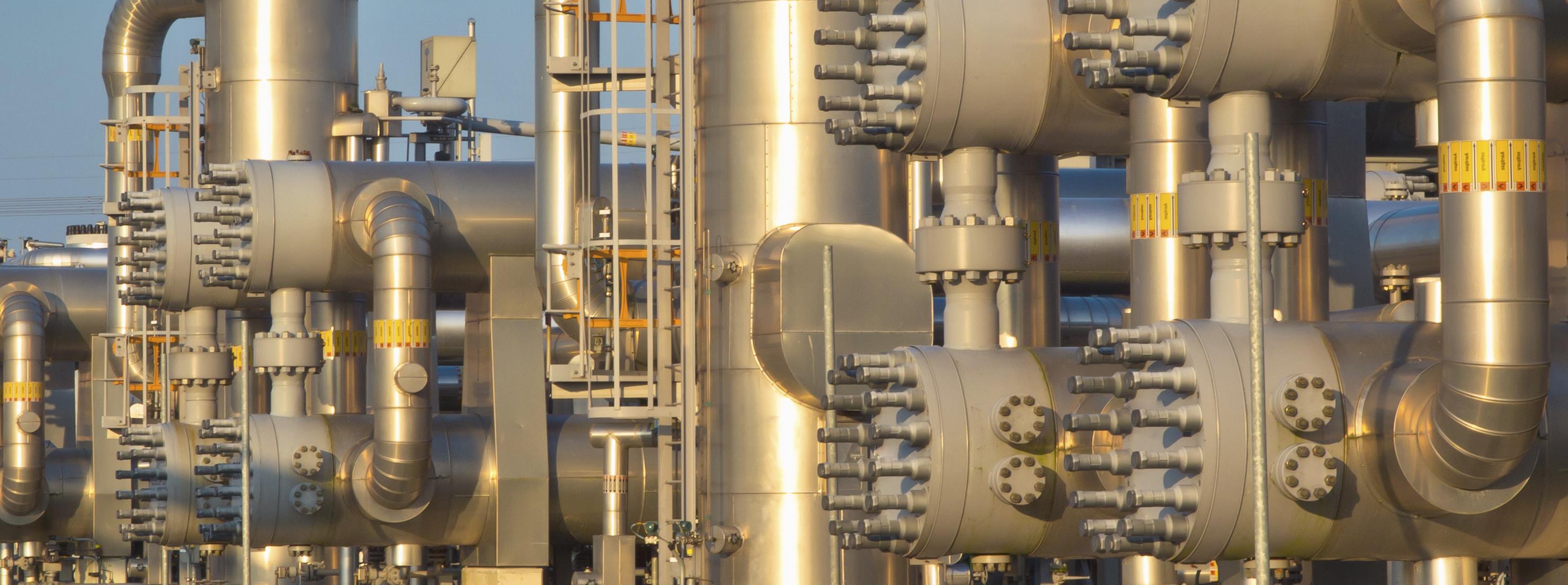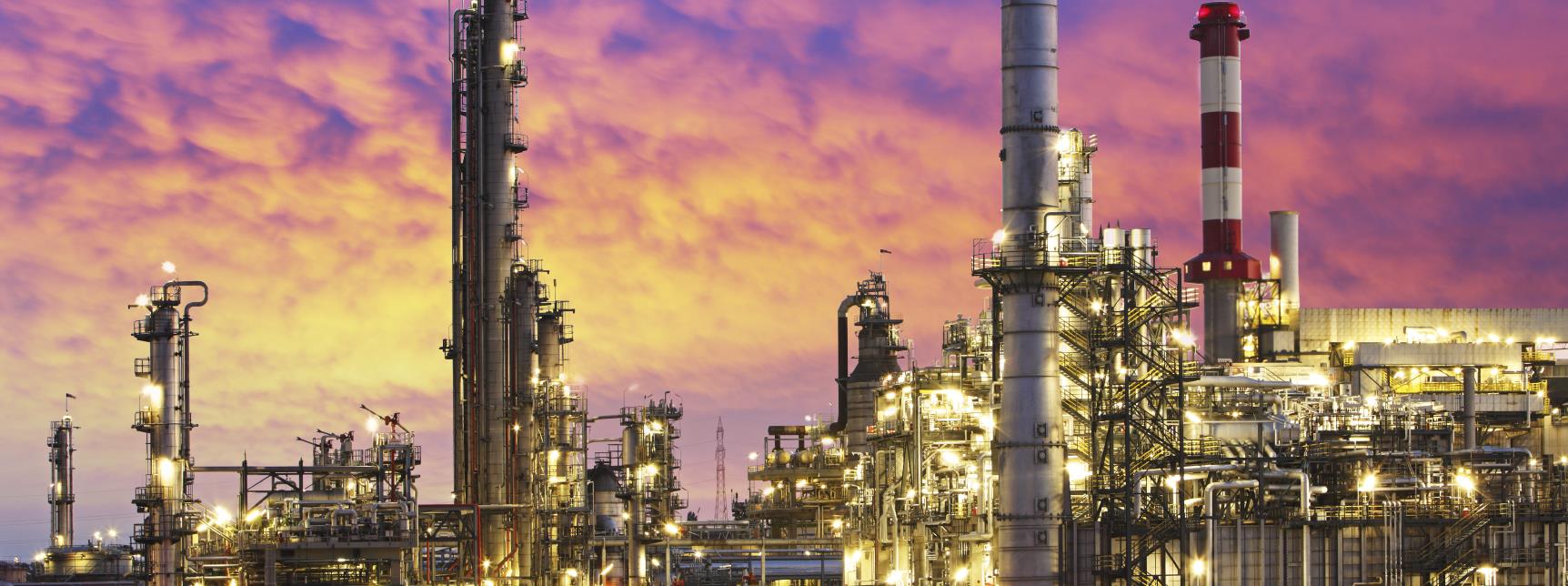Heat exchangers are imperative in many industrial sectors, and their effectiveness relies closely at the fine and compatibility of man or woman warmth exchanger parts. These additives must work in unison to make certain seamless thermal exchange and optimum strength efficiency. With industries stressful tailor-made thermal solutions, the upward push of the custom heat exchanger has made the choice and configuration of components even more essential. From tube bundles to gaskets and baffles, each part contributes to system durability and thermal overall performance. Companies today searching for flexibility, reliability, and design adaptability—that is only possible thru precision engineering of heat exchanger elements.

Core Heat Exchanger Parts That Enable Efficient Functioning
A well-functioning warmness exchanger is made of several crucial heat exchanger parts, along with the shell, tubes, tube sheets, headers, and waft baffles. These components decide how correctly warmness is transferred from one fluid to every other. In a custom warmness exchanger, the association and dimensions of these parts are optimized for precise business necessities. For instance, the tube diameter and layout can be customized to house unique waft prices and fluid residences. The use of successfully sized and assembled components complements warmness switch, minimizes fouling, and reduces operational costs.
How Custom Heat Exchangers Adapt to Industry Needs
Unlike standardized gadgets, a custom warmness exchanger is designed with a selected software in mind, allowing for complete optimization of the involved warmness exchanger parts. These tailored systems are important in industries with specific demanding situations together with excessive temperatures, aggressive chemical compounds, or spatial constraints. In these applications, additives like gaskets, flanges, and seals are especially decided on and manufactured to ensure compatibility with the running environment. This custom method additionally method incorporating superior coatings, special alloys, or greater surface geometries to enhance performance and durability.
The Importance of Material Selection in Heat Exchanger Parts
Material choice is a important selection inside the fabrication of warmth exchanger elements. The desire of metal or alloy affects thermal conductivity, corrosion resistance, and structural integrity. For instance, stainless steel is frequently utilized in meals-grade or pharmaceutical programs, at the same time as titanium may be required for marine or high-salinity environments. In a custom warmth exchanger, those substances are chosen mainly to meet system needs, making sure longer service existence and fewer disasters. Material compatibility with the fluid medium is essential to prevent corrosion or contamination, especially in touchy or high-stakes industries.
Tailoring Heat Exchanger Parts for Thermal Performance
When designing a custom warmth exchanger, the overall performance intention is to maximise thermal change at the same time as minimizing stress drop and footprint. This is executed by exceptional-tuning the warmth exchanger elements—adjusting tube thickness, converting go with the flow preparations (counterflow, parallel waft, or crossflow), and integrating turbulators or fins. These design optimizations make the system more aware of changing thermal masses. Engineers use superior software and simulation gear to version numerous component configurations, making sure the final assembly meets or exceeds the required performance benchmarks.

Advanced Technologies in Custom Heat Exchanger Manufacturing
Today’s fabrication procedures allow for precision crafting of heat exchanger parts, which without delay blessings the efficiency and adaptability of custom heat exchangers. Technologies like CNC machining, laser welding, and additive production (three-D printing) allow production of complicated geometries and tighter tolerances. These technology no longer handiest enhance the accuracy of parts but also reduce waste and turnaround time. As industries push for innovation, custom-built systems with smart functions which include embedded sensors have become more familiar, presenting real-time monitoring and predictive renovation capabilities.
Installation and Integration of Heat Exchanger Parts
Proper set up of warmth exchanger elements is prime to knowing the total capacity of a custom heat exchanger. Even incredible elements can fail or underperform if they may be not efficiently assembled or included into the system. Alignment, torque settings, gasket compression, and sealing should all be controlled carefully to keep away from problems inclusive of leaks or stress loss. Installation teams frequently paintings intently with layout engineers to make certain field conditions are matched, which enables keep away from operational disruptions and ensures seamless overall performance from day one.
Maintenance Practices for Long-Lasting Heat Exchanger Parts
To preserve high performance and prevent unexpected downtime, normal upkeep of heat exchanger parts is critical. Fouling, erosion, and thermal cycling can degrade factor overall performance over time. A custom warmth exchanger often consists of features along with detachable tube bundles or easy-in-place (CIP) systems, making protection less complicated and much less intrusive. Scheduled inspections and proactive substitute of wear-susceptible components including gaskets, seals, and tubes ensure the gadget runs easily and continues to deliver consistent thermal output.
Cost-Efficiency Through Custom Heat Exchanger Design
Though a custom warmness exchanger can also require a bigger initial investment, it often proves more most economical over its operational lifestyles. When warmth exchanger parts are optimized for the particular system, power consumption drops, protection prices lessen, and device reliability will increase. This results in lower general fee of ownership (TCO). Moreover, customizing components reduces needless overengineering, making sure that each part serves a selected, fee-including function. Businesses looking for lengthy-term financial savings and overall performance predictability often locate custom solutions a long way extra effective than off-the-shelf devices.
Environmental Impact of High-Efficiency Heat Exchanger Parts
Efficient warmness exchanger elements not most effective enhance overall performance but additionally make a contribution drastically to environmental sustainability. Energy savings lessen carbon emissions, and longer component lifespans suggest fewer sources are fed on in maintenance and replacements. A custom warmness exchanger designed for minimal stress loss and maximum warmth switch similarly lowers the gadget’s ecological footprint. As environmental guidelines end up extra stringent, industries are making an investment in warmth exchanger technology that are each effective and eco-friendly, aligning operational goals with international sustainability efforts.
Compliance and Certification for Heat Exchanger Components
All crucial warmth exchanger elements have to meet enterprise-particular standards to make sure safety and performance. These include ASME, TEMA, PED, and others depending on the area and industry. For a custom heat exchanger, compliance will become even more critical, as each particular configuration need to be very well tested and validated. Certification procedures contain stress testing, thermal overall performance validation, and fabric traceability to make sure each thing meets strict criteria. These tests offer assurance to cease users that their structures are safe, criminal, and built to ultimate.

The Future of Heat Exchanger Parts and Custom Systems
The destiny of thermal generation lies within the integration of smart structures and sustainable designs. The evolution of heat exchanger components is steering closer to multiplied performance, virtual control, and recyclability. In the approaching years, we can expect custom warmness exchangers to become extra compact, wise, and adaptive to actual-time operating conditions. Engineers will continue to push boundaries with new substances, nanocoatings, and virtual twins to simulate and refine overall performance. As this enterprise maintains to innovate, the value of satisfactory, custom designed components will simplest develop extra giant.
Conclusion
In these days’s energy-conscious, overall performance-pushed panorama, each warmth exchanger parts and the broader concept of the custom heat exchanger are essential for meeting present day commercial demands. Each part—whether off-the-shelf or especially engineered—serves as a building block for efficient, reliable warmness transfer. Tailoring additives to exact specs guarantees higher productivity, decreased emissions, and optimized resource usage. For organizations looking for a mix of innovation, sturdiness, and technical precision, Kinetic Engineering Corporation stands as a trusted companion in handing over global-elegance solutions that redefine what thermal structures can reap.